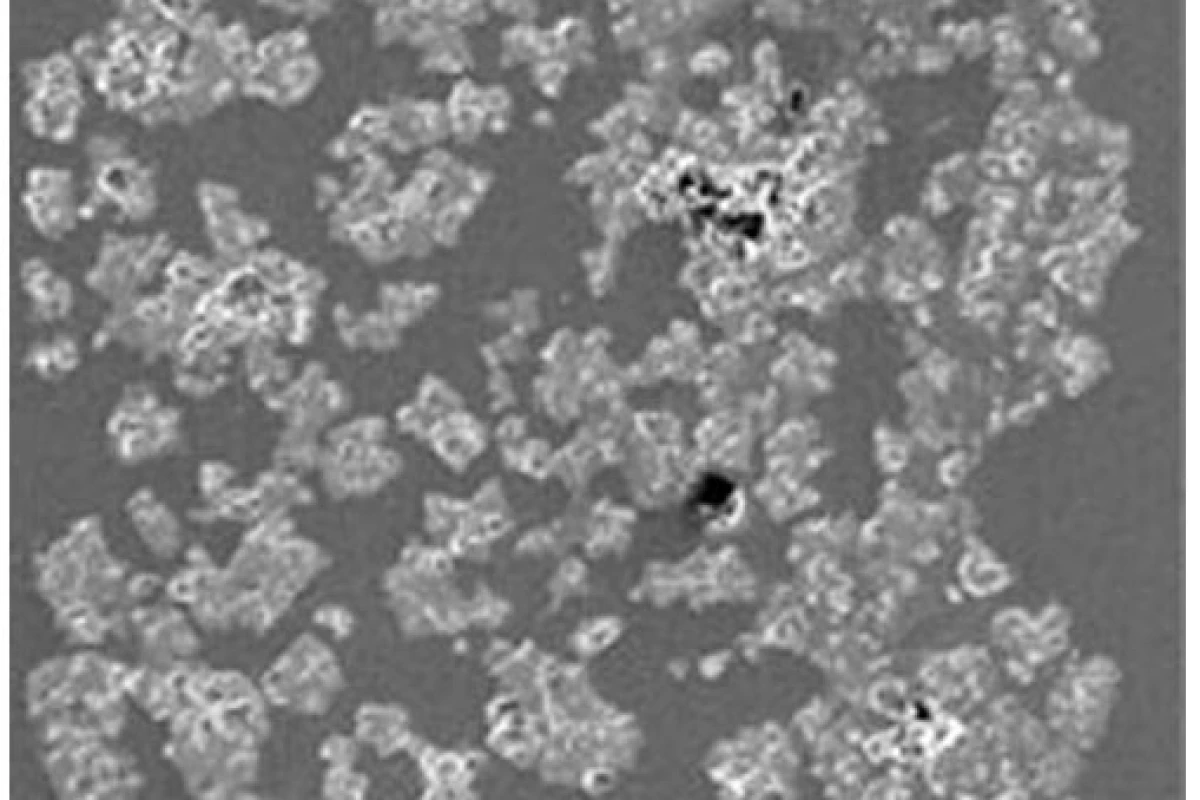May 26, 2009 Eye-drops may be a simple way of medicating the eye, but patients don't always get the right dose at the right time. Eyenovations has developed contact lenses that can deliver drugs to the eye in measured doses for a month or longer. The start-up company’s initial focus is developing a lens to help glaucoma patients. However, it believes the technology can be used to help other eye conditions and deliver antibiotics following surgery.
The team from Cambridge, Massachusetts has developed the drug-dispensing technology using a hydro-gel lens with a polymer film inside, which contains the medication.
The lens gradually releases the medication at a rate determined by the properties of both the lens and polymer film. Future versions may allow the medication to be stored in the hydro-gel material of the lens. This ensures patients with eye conditions requiring drops, especially those who struggle to follow a medication schedule, receive the right amount of medication at the right time.
Glaucoma affects about 2.5 million Americans each year and the numbers are growing. Treatment involves administering eye-drops up to eight times a day but, because patients often have few symptoms, especially in the early stages, many give up on their medication regime. A self-medicating lens could greatly help these people as well as the elderly, disabled, inhabitants of remote areas and others who find it difficult to stick with a regimented schedule.
The Eyenovations lens delivers high doses of medication for up to 100 days. The team – led by Daniel Kohane, director of the Laboratory for Biomaterials and Drug Delivery at the Children's Hospital in Boston and Joseph Ciolino, a clinical fellow at Massachusetts Eye and Ear Infirmary – is working on commercial lenses using materials approved by the Food and Drug Administration (FDA) that deliver drugs for up to 30 days, which is the FDA's limit for single-use contact lenses.
Other research groups have been using contact lenses to distribute medications, but the difficulty has often been achieving extended release of the drugs. A team at the University of Florida last year reported extended delivery of opthalmic drugs for periods of five days to months by either controlling the structure of the gel lens or using nanoparticles to encapsulate the drugs.
The Eyenovations group has begun animal testing and plans clinical testing soon. To be clinically effective, the lenses will have to fit well, allow proper flow of oxygen to the eye, and not interfere with vision. For those who already wear contact lenses, it may be possible to create a medicated lens with vision correction.
Karen Sprey







